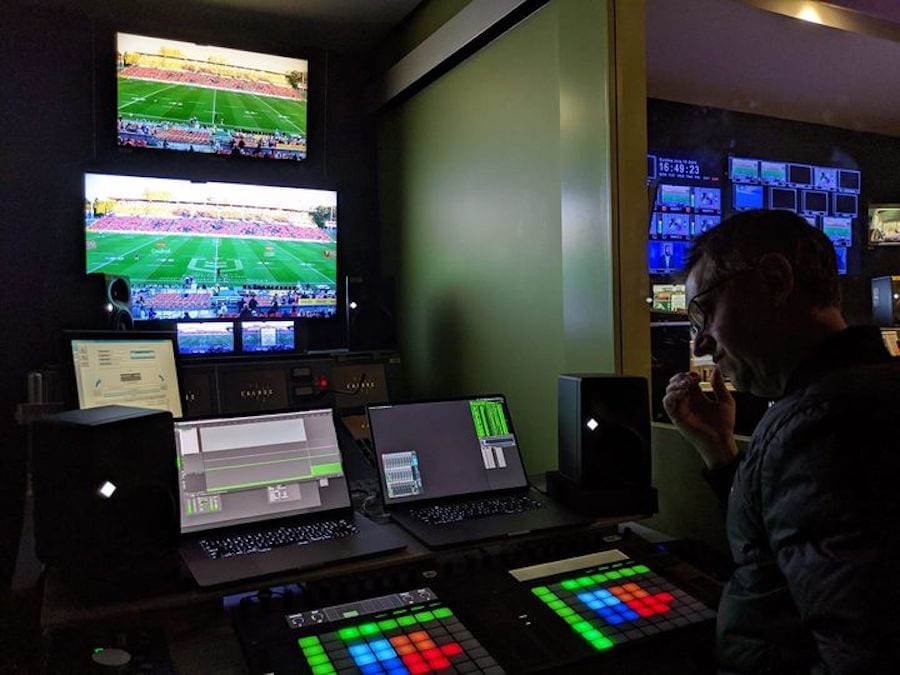A new technology that makes semi-filled stadiums appear full was utilised during the recent Herculis games in Monaco, helping athletes keep their mojo while giving spectators a more authentic experience.
On 14th August, the Herculis EBS meet, the first major sporting event in Monaco since the pandemic stopped everything, came to Stade Louis II. There were 5,000 people present in a stadium with a capacity for 16,000, as health measures prevented a larger number from attending. 5,000 may seem like a huge number, and it is, but with over two-thirds of the stadium empty, it certainly would not have the energy of a “normal” sporting event.
Except it did. A new technology developed by Australian start-up AFX Global was able to recreate an atmosphere through a system that sent out pre-registered cheers, making the stadium feel almost as lively as if it were completely full.
The company has built a real-time audio effects engine – the world’s first AI-led crowd synthesis engine, generating excitement from the real sounds of live supporters. It is a welcome invention, giving both sides the rush of excitement needed to spur on athletes and give fans a genuine feel.
The system works with an integrated hardware and software platform that delivers typical crowd noises heard at athletic meets at just the right moments. A dedicated sound engineer orchestrates the show in real-time mimicking an actual event’s noise and excitement levels.
An extensive library gleaned from previous events make this possible and the system has the capability to create new sounds so that it is not a continuous loop of old ones.
“Creating stages for our athletes is one of our core tasks,” World Athletics event presentation manager Florian Weber said. “Given the circumstances we have to be creative and innovative to find new ways to make these stages still the best ones to compete, even without spectators.
“Ghost events don’t have to be silent. Our Atmosphere Project will create an environment that athletes are used to, help them to compete and perform better and at the same time enhance the viewer experience for the TV audience. We’re thankful to be able to use the Wanda Diamond League to implement this World Athletics innovation.”
The technology was also used at the Diamond League Games in Stockholm last weekend, and will be used at upcoming games in Brussels on 4th September.
Using technology to “fill” empty stadiums
